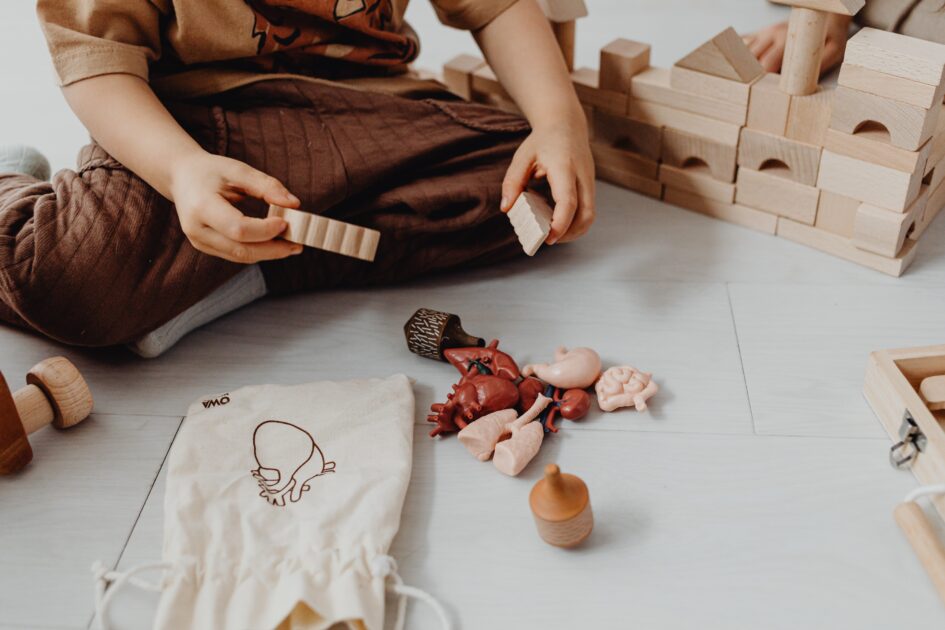How Building Blocks Boost Fine Motor Skill Development?
Building blocks are a classic childhood toy, but did you know that they also play a crucial role in developing fine motor skills in young children? Fine motor skills are the small, precise movements of the fingers, hands, and wrists, and they are essential for performing everyday tasks like buttoning a shirt, tying shoelaces, and using utensils. In this article, we will explore how building blocks help in the development of fine motor skills and why they are an effective tool for parents and educators alike.
The Importance of Fine Motor Skills
Before we dive into the benefits of building blocks, let’s first discuss the importance of fine motor skills. These skills are crucial for many aspects of daily life, including self-care, schoolwork, and play. When children have good fine motor skills, they can perform tasks with greater ease, confidence, and independence. For example, a child with strong fine motor skills can hold a pencil and write letters with precision, which is an essential skill for success in school.
Children who struggle with fine motor skills may find everyday activities challenging and frustrating, leading to a lack of confidence and self-esteem. Fine motor difficulties can also impact a child’s ability to learn and participate in social activities, which can have long-term effects on their development.
How Building Blocks Help Develop Fine Motor Skills
Building blocks provide a fun and engaging way for children to develop their fine motor skills. Here are some ways that building blocks can help:
- Grasping and Releasing: Building blocks come in a variety of shapes and sizes, and children need to use different grasping techniques to pick them up and place them down. This process helps children develop the small muscles in their fingers and hands, which are essential for fine motor skills.
- Hand-Eye Coordination: Building with blocks requires hand-eye coordination, as children need to line up the blocks, place them in the correct position, and create structures. This process helps develop visual-motor integration, which is the ability to use visual information to guide movement.
- Problem-Solving: Building blocks provide an opportunity for children to experiment, problem-solve, and use their imagination. As they try to create different structures, they learn to think critically and develop spatial reasoning skills.
- Concentration and Patience: Building with blocks requires concentration and patience, as children need to focus on the task at hand and persist through challenges. This process helps develop self-regulation skills, which are essential for academic success.
Overall, building blocks provide a fun and engaging way for children to develop their fine motor skills while also fostering creativity, problem-solving, and self-regulation.
FAQs
Q1. What age is appropriate for building blocks?
A1. Building blocks are appropriate for children as young as one year old. However, the type of blocks and the level of supervision may vary depending on the child’s age and developmental level.
Q2. How can parents encourage their child to use building blocks?
A2. Parents can encourage their child to use building blocks by providing a variety of block sizes, shapes, and colors, and creating a safe and comfortable space for building. Parents can also model building with blocks and praise their child’s efforts and creativity.
Q3. Are building blocks safe for children?
A3. Building blocks can be safe for children as long as they are age-appropriate and used under adult supervision. Parents should choose blocks that are non-toxic, sturdy, and free of small parts that could pose a choking hazard.
Q4. How long should a child play with building blocks?
A4. The duration of block play will vary depending on the child’s age, attention span, and interest. Younger children may only play with blocks for a few minutes at a time, while older children may engage in longer and more complex building projects. It is important for parents to follow their child’s lead and allow them to play and explore at their own pace.
Q5. Are there any other toys that can help develop fine motor skills?
A5. Yes, there are many toys and activities that can help develop fine motor skills, such as puzzles, playdough, drawing and coloring, and stringing beads. The key is to provide a variety of experiences that challenge and engage the child’s fine motor skills.
Conclusion
Building blocks are more than just a toy – they are a powerful tool for developing fine motor skills in young children. By providing a fun and engaging way to practice grasping, hand-eye coordination, problem-solving, and concentration, building blocks can help children build the small muscles and coordination needed for everyday tasks and academic success. Parents and educators can encourage block play by providing a variety of block sizes and colors, creating a safe and comfortable space for building, and modeling creativity and problem-solving. With building blocks, children can learn, grow, and develop into confident and capable individuals.
How useful was this post?
Click on a star to rate it!
Average rating 5 / 5. Vote count: 1
No votes so far! Be the first to rate this post.


